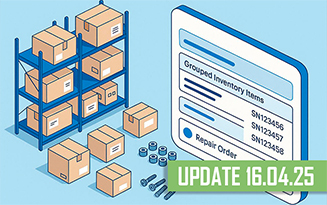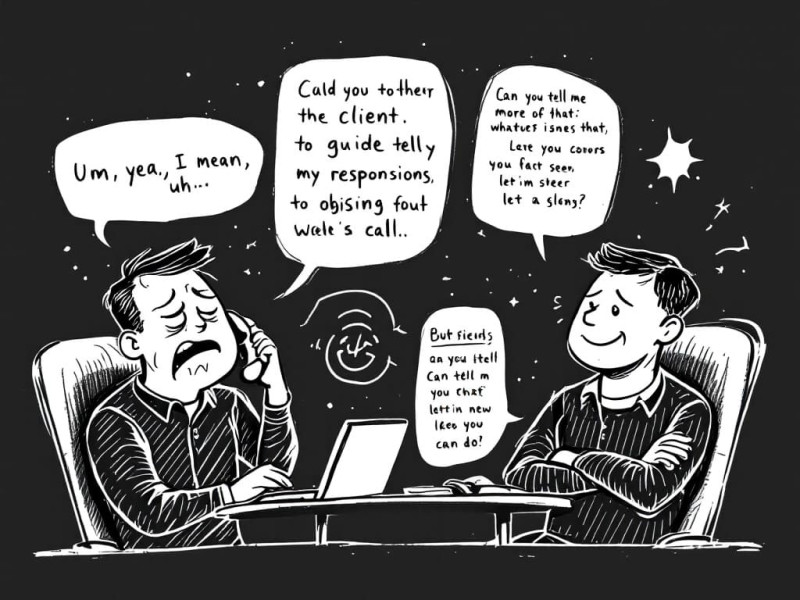Well-trained employees are the key to success for any business. Because when your employees have all the skills and knowledge they need, your business will run more efficiently. And employees will be able to do their jobs more competently. This means fewer errors and accidents in your business. To successfully train your workers, you need an effective training program.
5 tips for training employees
- Create a plan
Before you set up a training program for your employees, you need to identify exactly what knowledge they need to acquire. Otherwise you will waste time on useless information and unstructured training. Start by making a list of the knowledge and skills that employees need to have in order to do their jobs successfully.
Structure the training program so that it starts with the simplest basic information. Then gradually move on to more advanced training. It is also important to identify gaps in the training process. If employees lack skills in an area, the training may pass them by. For example, an employee may not understand how to use your point of sale software if they lack basic computer skills.

- Provide regular training sessions
You should hold regular training sessions for your employees.This will not only help to reinforce the skills and knowledge you have learned and teach something new, but it will also help to notify employees of any changes.
You may choose to have a lunch meeting of all staff in the dining room or in a separate area of the restaurant from time to time. In some cases, gathering all co-workers may disrupt business processes, for example if employees have different shifts. Instead of meeting everyone at the same time, you can meet by shift, by department or even send the necessary training information by email.
- Use employees as trainers
Even if you are a business owner, you may not know the smallest details of each employee's job. That's why highly trained professionals can make great trainers. Such employees are trusted because they perform their tasks well and on time. Ask them to pass on their skills and knowledge to other co-workers. They can train new employees or provide continuing education courses. You can provide standard training information or let the specialist create their own training materials.
You can encourage employees to train their colleagues through financial rewards such as a pay rise or a bonus payment.

- Training in several related professions
You can train your employees to do other jobs within your business. You can train your employees to do other jobs within your business. Cross-training also helps employees do their main job better, and at the same time put the new knowledge they have gained into practice.
Training in several related professions can also benefit your business if you are short-staffed. For example, if an employee has called in sick, his or her tasks can be carried out by a colleague who has been cross-trained in that position.
- Set learning objectives
You need to determine whether your training program is working. To do this, set targets and monitor their achievement.
Start by identifying what you want your employees to learn. You can set a simple or a challenging goal. For example, the goal might be for all employees to read the instructions for the equipment. Or you can set a goal of using the equipment without the supervision of more experienced professionals within two weeks of reading the instructions. Goals can be set for the whole company, for a department and for individuals.
Performance analysis will help you to set effective goals and monitor their achievement. Ask employees how they are doing, what problems they are facing and what they would like to learn. You may find gaps in their skills and knowledge.
You may find gaps in their skills and knowledge. Find out how well they have learnt what they have learned, and whether they find it useful. You can use the information you receive to determine whether staff are meeting their training objectives and set new goals. You can also adjust your training program depending on how useful it has been to your workers.

.png)


